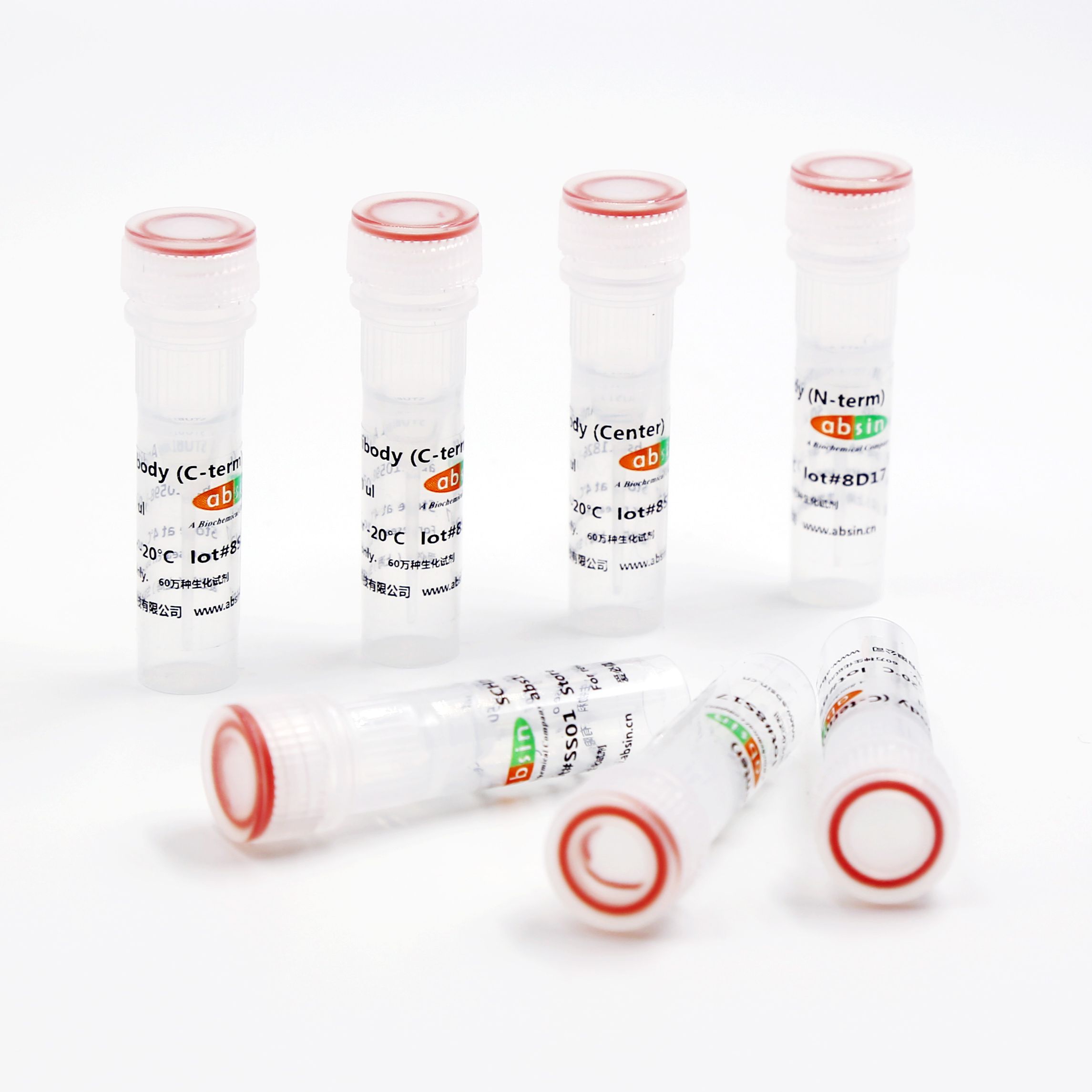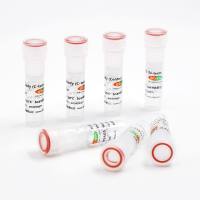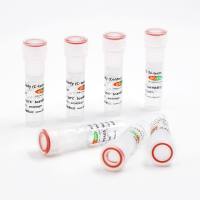
文献支持Rabbit Anti-BLM/Blooms Syndrome Protein Blm Polyclonal Antibody,BLM抗体, Blooms Syndrome Protein Blm抗体
价格: ¥2300
产品详情
文献和实验
相关推荐
抗体名 :BLM抗体
抗体英文名 :-
靶点 :-
浓度 :-
应用范围 :-
宿主 :-
适应物种 :-
保质期 :-
抗原来源 :-
目录编号 :-
级别 :-
库存 :现货
供应商 :爱必信(上海)生物科技有限公司
标记物 :-
克隆性 :-
保存条件 :Store at -20 °C for one year. Avoid repeated freeze/thaw cycles.
形态 :-
亚型 :-
免疫原 :-
规格 :100ul
| 别名 | BLM抗体, Blooms Syndrome Protein Blm抗体;Blooms Syndrome Protein Blm, BLM, BLM_HUMAN, Bloom Syndrome, Bloom syndrome protein, Bloom syndrome RecQ helicase like, BS, DNA Helicase, DNA helicase RecQ like type 2, MGC126616, MGC131618, MGC131620, RECQ 2, RECQ like, RecQ like type 2, RecQ protein like 3, RecQ Protein-like 3, RECQ-2, RECQ-Like, RecQ-like type 2, RECQ2, RECQL 2, RECQL 3, RECQL-2, RECQL-3, RECQL2, RECQL3, type 2. , , |
| 宿主 | Rabbit |
| 特异性 | BLM |
| 预测反应种属 | Human;Mouse;Rat;Dog;Pig;Cow;Horse;Sheep; |
| 应用 | WB=1:500-2000 ELISA=1:500-1000 IHC-P=1:100-500 IHC-F=1:100-500 ICC=1:100-500 IF=1:100-500 (石蜡切片需做抗原修复) |
| 分子量 | Predicted molecular weight: 159kDa Disclaimer note: The observed molecular weight of the protein may vary from the listed predicted molecular weight due to post translational modifications, post translation cleavages, relative charges, and other experimental factors. |
| 免疫原 | KLH conjugated synthetic peptide derived from human BLM/Blooms Syndrome Protein Blm:1201-1417/1417 |
| 浓度 | 1mg/ml |
| 纯化方法 | affinity purified by Protein A |
| 类型 | Polyclonal Antibody |
| 同种型 | IgG |
| 储存/保存方法 | Store at -20 °C for one year. Avoid repeated freeze/thaw cycles. |
| 存储溶液 | 0.01M TBS(pH7.4) with 1% BSA, 0.03% Proclin300 and 50% Glycerol. |
| 研究领域 | 细胞生物 发育生物学 表观遗传学 |
| 背景说明 | Bloom’s syndrome is an autosomal recessive disorder characterized by pre- and post-natal growth deficiencies, sun sensitivity, immunodeficiency and a predisposition to various cancers. The gene responsible for Bloom’s syndrome, BLM, encodes a protein homologous to the RecQ helicase of E. coli and is mutated in most Bloom’s syndrome patients. One characteristic of Bloom’s syndrome is an increased frequency of sister chromatid exchange (SCE). BLM has been shown to unwind G4 DNA, and a failure of this function is thought to be responsible for the increased rate of SCE. BLM is known to be translocated to the nucleus, where its ATPase activity is stimulated by both single- and double-stranded DNA. Mutations in the yeast SGS1, a homolog of BLM, are known to cause mitotic hyperrecombination similiar to that observed in Bloom’s cells. |
| 细胞定位 | 细胞核 |
| UniProt | P54132 |

爱必信(上海)生物科技有限公司
品牌商实名认证
钻石会员
入驻年限:12年



